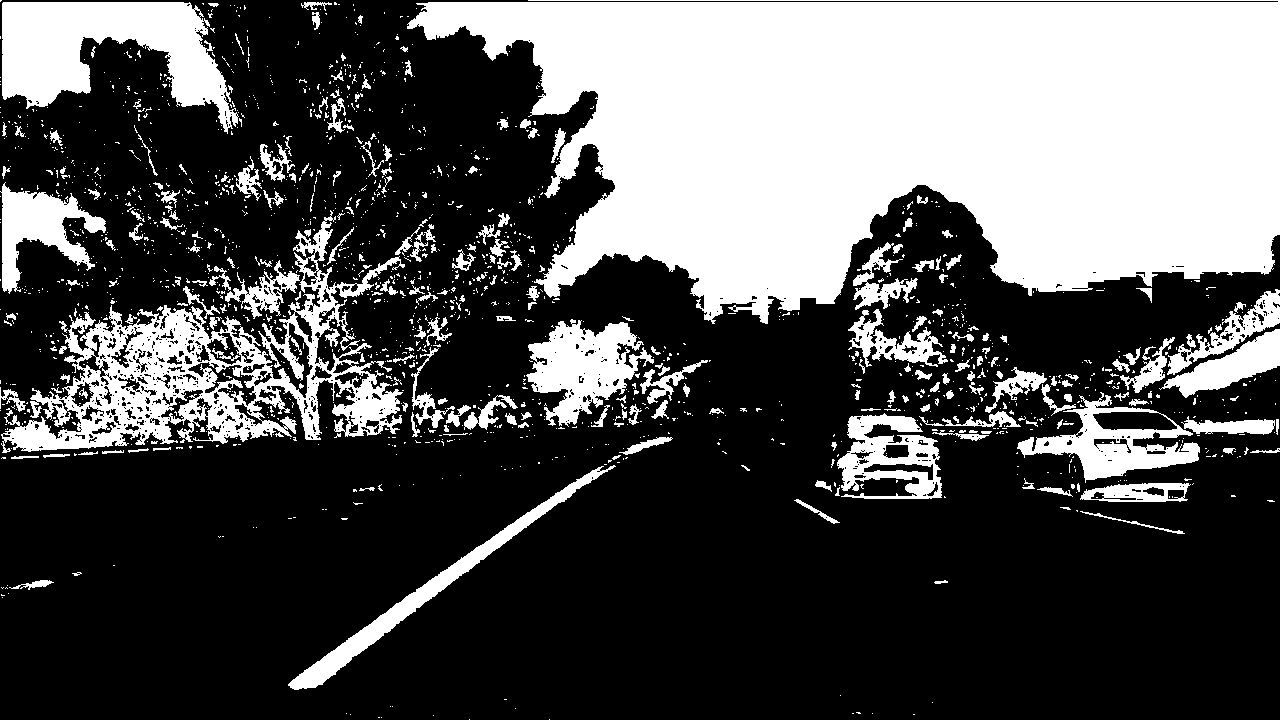11. HLS Quiz
HLS Color Threshold

In this exercise, you can try applying a color threshold in the HLS color space. If you have any problems with the implementation, please refer to the previous video and instructor notes.
Your task here is to write a function that takes in an image and threshold values and returns a binary output from applying the threshold to the S-channel. Apply your thresholds as you did for gradients but this time use an exclusive (
>
) lower bound and an inclusive upper bound (
<=
).
You can download the test images in the quiz for local usage here .
HLS
Start Quiz: